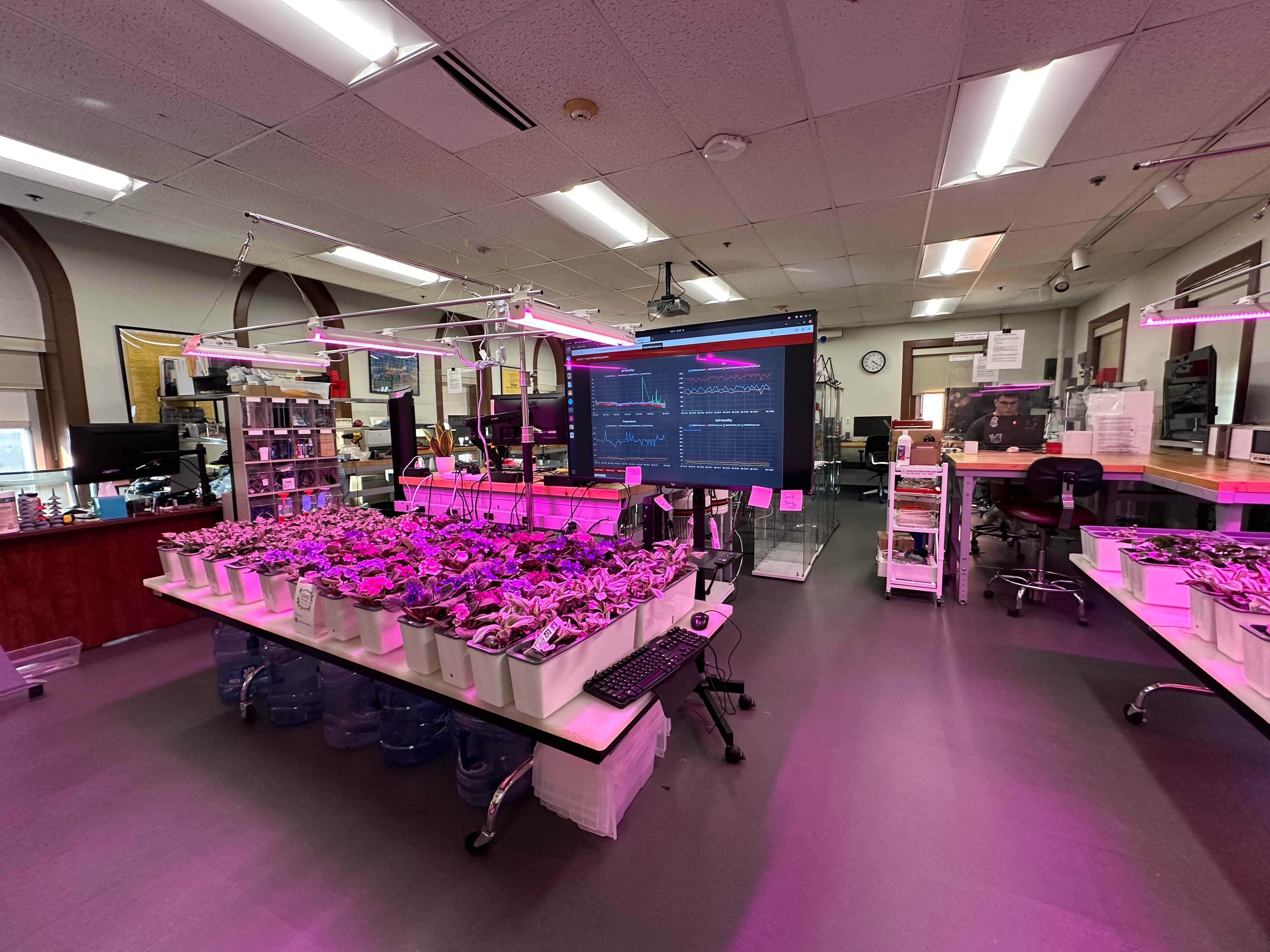The Schaefer School of Engineering and Sciences (SES) has announced the continual soft launch of a new lab called the Integration Space. Offering unique tools, software, and access to experts in their field, this new lab promises to be an asset to Stevens engineering students.
One of the quintessential elements of a Stevens education for engineers is the design spine: a rigorous multidisciplinary engineering course that molds young Stevens students into distinguished engineers. While the capstone of this path is Senior Design, it all begins with Design I and Design II. However, over the past few years, the curriculum for these classes has changed rapidly to keep up with the world’s ever-changing technology. To help keep Stevens at the forefront of engineering, SES created this brand-new laboratory in the Edwin A. Stevens (EAS) building.
The Integration Space is in EAS on the second floor next to the west stairwell. The purpose of the Integration Space is to be a space for students to learn and practice the skills taught in Design I and II, Senior Design, and potentially other engineering courses. The area, run by Stevens professor Louis Oh, consists of workbenches, computers, space for computer networking devices, robotic testing, and tables for plants used by Design I and II. The area features opportunities for students to focus on integrating their hardware and designs into the software and programming that make up their projects.
The Stute spoke with Dakota Van Deursen, Assistant Director for Core Engineering and Science Education at SES, who explained that the Integration Space fills a hole in the design spine by allowing students to “learn, play, and build” their projects—the integration space acts in partnership with MakerSpace and machine shop. While the MakerSpace and the machine shop serve as places of fabrication and physical design, the Integration Space serves as a place to bridge the software and hardware of these projects.
The new lab is experimenting with innovative ways to combine the different engineering disciplines, with Professor Oh leading the charge. That could include open-source software accessible to students, robotic arms, varying types of sensors, and graduate students and professors to mentor students looking to learn more about engineering. In addition, Design I and II, and potentially other courses, will be offering TA hours, some class sessions, and staging for projects throughout the year.
SES has been conducting a soft opening for the Integration Space as its role on campus becomes more solidified. The goal for the area is that it will be available to all students for classes, clubs, research, and those interested in learning more about integration, open-source software, and other tools and techniques used during the integration process of engineering design.
